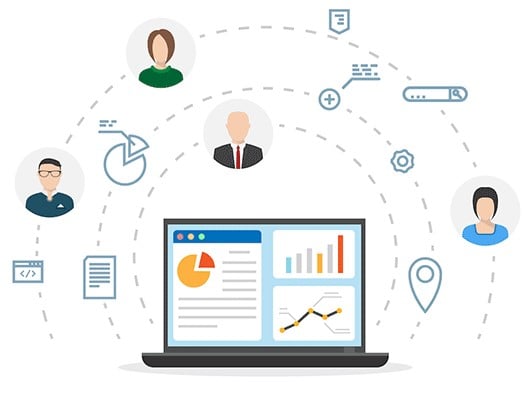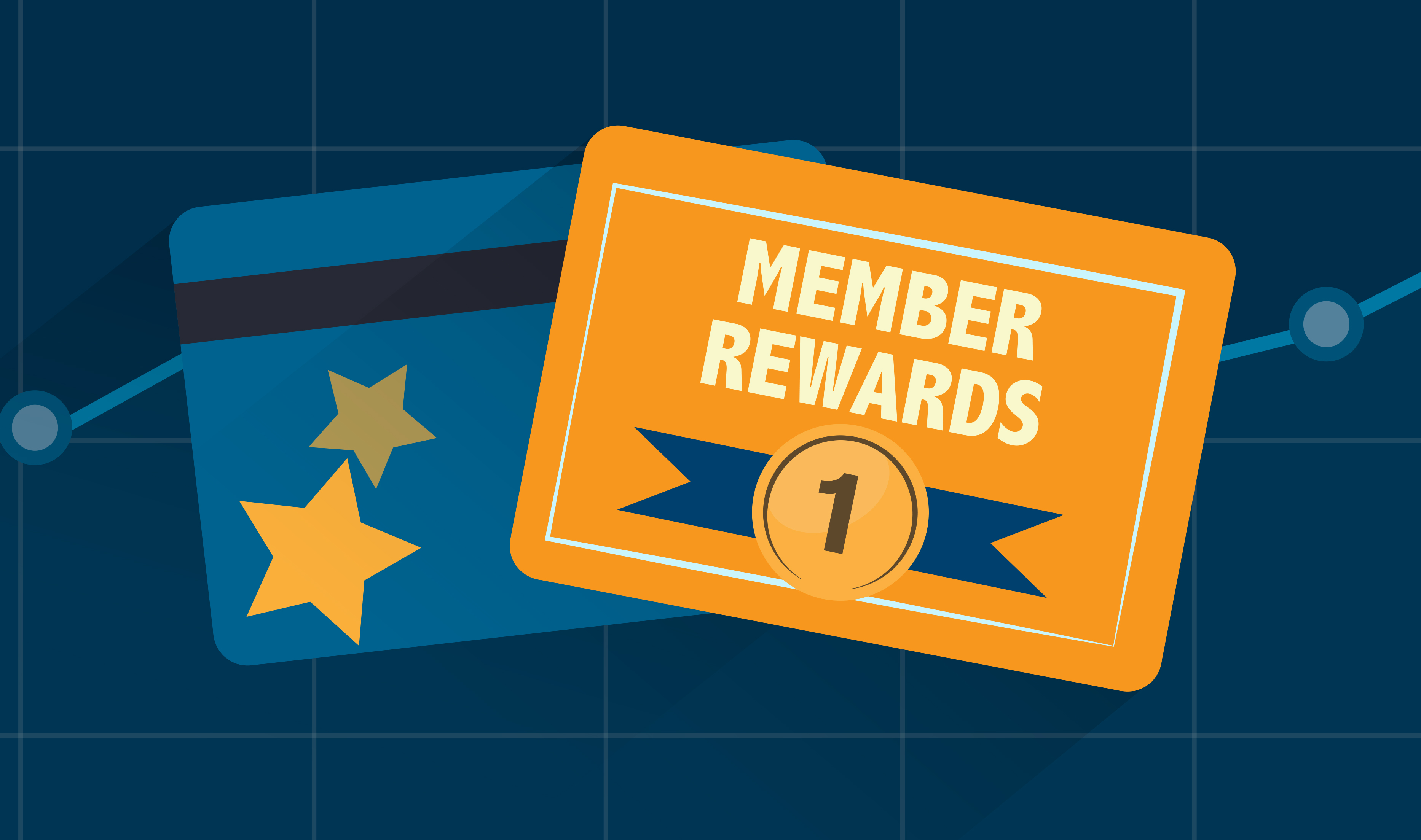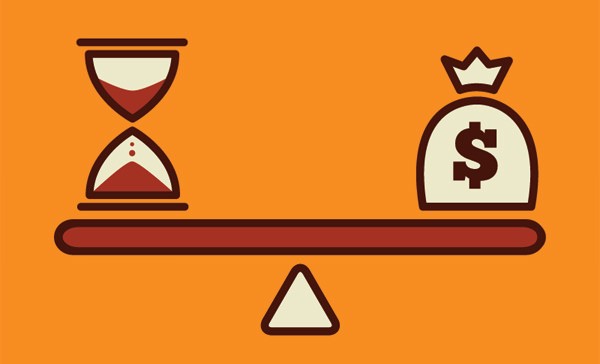Easily the most important first step in establishing any type of business is to define your customers so that you have the information you need to attract the right audience and generate valuable traffic to your website. Understanding your customers and what makes them tick is the key to any successful business, particularly if you are paying out large amounts of money to drive relevant traffic.
One of the most practical ways of defining your customers is by building customer profiles that represent the typical types of customers that you are aiming for. As a result, you'll be able to home in on a more specific target audience, communicate with your audience in a more relevant and personalised manner, and ultimately, generate more revenue.
▲ Recommended Free Tools to build up your Buyer Personas - From Markezing Ltd
Every business caters to a specific demographic, and while some audiences might be extremely broad, it is still essential from a marketing perspective that you know your customers and how to reach out to them. You'll need to understand your own product or service, seek out feedback, learn about your customers' habits and interests and maintain a consistent and targeted marketing campaign.
Knowing Your Brand
There's no shortage of novice Internet entrepreneurs out there who are attracted by the empty promises of making a quick profit by selling a product or service that is in high demand, even if they aren't at all familiar with what they're selling. The reality of a successful online business venture is quite a different thing, however: you need to be completely familiar with what you are trying to sell, and you need to believe in it.

Whether you're a lone entrepreneur or you're planning to start a small business with multiple employees or partners, you'll need to define your mission and come to fully understand your products and services. You simply cannot hope to accurately profile your customers if you do not have the utmost familiarity with what you are trying to sell to them. You'll need to pay attention to every detail before putting yourself in the shoes of your customers. When you know your brand, and it has a clearly defined mission, you'll be ready to start profiling your customers and tweaking your approach to marketing as necessary.
Seek Feedback
Seeking feedback is a critical ongoing process, but you should also start by doing plenty of research before you can even hope to get your marketing strategy off the ground. Your business will inevitably need to adapt over time to the needs and desires of its customers, not least because the customer has far more control these days than ever before by way of things like social media and online reviews.

Seek out feedback from your customers at every opportunity, but make sure that you don't end up being intrusive, and don't bombard people with too much information or too many questions. Many customers simply won't have the time or the patience to leave feedback, and you'll have to learn to accept that. Fortunately, there are some effective ways of encouraging your customers to leave feedback, such as by offering incentives like promotional codes and other discounts for completing a short survey or answering a few questions about their own preferences and habits.
Feedback doesn't always need to come from customers themselves either. You can gain invaluable insights, albeit not quite as accurate, by reviewing reports on your industry. There are many companies, such as eMarketer and Forrester, which provide insights into specific markets by analysing trends in online behaviour to help your business better define its target audience.

Create Your Customer Personas
Create a profile of your perfect customer. If your business has a particularly broad reach, then you'll want to segment your target audience and create personas for each customer category. Map out the behaviours and interests of your customers based on important factors such as demographics, buying habits, geographical location and more. You can even name these imaginary customers if you like, since this may help you to imagine them in a more practical light.
When defining your customer profiles, be sure to seek answers to the following questions:
-
What other, related businesses would they likely choose to work with?
-
What sort of subject matter is most likely to interest them?
-
What are their demographical attributes?
-
Where are they located?
-
What do they need or want?
-
What do your customers do to entertain themselves?
-
What is their income level?
-
How much would they be willing to spend?
-
What are their priorities and goals in life?
-
How do they approach change?
-
What are their past purchases?
-
How often have they purchased from you?
Every day, millions of people turn to Google to find answers to their questions, solutions to their problems or simply something to entertain them. What sort of queries does your business offer solutions for? By knowing your customers' problems, curiosities and interests, you'll be able to tailor your content, your marketing strategy and your product itself to better suit those criteria.
Avoid basing your customer personas on a real customer, since no single individual can completely represent your target audience. Instead, a customer persona should be reasonably broad, and it should characterise your perfect customer.
Conclusion
With your customer profiles in place, you'll be able to match each area of your marketing strategy to the individual characteristics of your customers. By targeting smaller and more specific audiences, you should be able to increase the percentage of paying customers and valuable leads instead of wasting time and money on targeting the wrong people. Ultimately, don't forget that it's not about getting more visitors to your website: it's about getting more visitors that go on to become paying customers.

UX1%7BQ5I@S7U9%60%60%5B91.png?width=182&name=V2%7DI3)UX1%7BQ5I@S7U9%60%60%5B91.png)



